8 Places to Put Your Money to Maximize Your Savings
.jpg)
With so many investment and saving options to choose from, it can be challenging to decide where to put your money to maximize your savings. There are numerous questions that you may have to tackle, such as: where should I use my savings first? Should I max out my HSA? What are the investment options that suit my risk profile? Where do I stand in the HSA vs. 401(k) debate? If you wish to learn about the most suitable instruments you can invest your money in to maximize your savings for your financial needs, reach out to a professional financial advisor who can guide you on the same.
To know the answer to the questions above, it is important to first understand all the options you have available to you so you may choose the investments that best fit your financial situation and future financial needs. Let’s discuss this in detail.
What are the best instruments to invest your money to maximize your savings?
Below are some investment options you may consider while planning your finances and deciding suitable investment and saving instruments for your financial needs:
1. Build your 401(k) account
401(k)s are one of America’s most preferred retirement vehicles. As an employee, you may ask your employer to set up this retirement benefit plan for you. Once you sign up for this, a part of your paycheck is deposited into your 401(k) account. Apart from this, your employer may also match your contribution. Depending on your company policy, the employer can match either the entire amount you contributed or a certain percentage.
The maximum amount you can contribute in 2022 is capped at $61,000, including both your and your employer’s contributions. If you are over 50, you can contribute an additional $6500, bringing your total to $67,500. If you are looking for a safe option to store your money, you can max out your 401(k). Your savings are well invested and help form a stable retirement corpus.
2. Max out your Roth IRA account
A Roth IRA account is a tax-saving individual retirement account where you contribute after-tax dollars to make tax-free withdrawals in retirement. If you qualify to make the contributions, maxing out your Roth IRA every year can help you make significant gains. While there are no immediate tax benefits, once you cross the age of 59½, you can start making tax and penalty-free withdrawals provided you have held your account for at least five years. For 2022, you can contribute $6000 to your Roth account and an additional catch-up contribution of $1000 if you are over 50.
Over the years, the income tax rates have seen an upward trend and will probably continue rising. Maxing out your contribution today means that you are most likely contributing at a lower-income tax rate. This saves you from paying higher taxes when you withdraw this sum in the future. Now, this strategy can be very beneficial if you want to maximize your savings.
3. Start a high-yield savings account
Most savings accounts provide a relatively low-interest rate on your deposit. The National Average of the Savings Account Rates, as of March 2022, was about 0.06%. By opening a high-yield savings account, you can compound your returns by over 4 times, with banks providing over 1% annual percentage yield (APY). Herein, APY refers to the real rate of return earned on an investment. This is calculated after factoring the effect of compounding interest.
Most banks offer the option of opening a high-yield savings account. However, they may ask for a higher initial deposit in order to enable you to claim the higher interest rate. You must compare all your options to get the best deal, where ideally, a lower deposit can fetch you superior rates. The best part about these accounts is that you can easily access funds, keeping your liquidity intact. (Note: However, there may be a limit on the per month number of transactions or transfers from this account. This can become a setback if you need regular access to funds).
4. Invest your money in stocks
No investment asset can surpass stocks when it comes to beating inflation and generating returns. However, stock markets are extremely volatile and risky. So, if you have high-risk tolerance, you can choose to invest a part of your corpus into stocks to maximize your savings. Also, for individuals with low to moderate risk appetites, mutual funds and ETFs could be a few options that they can explore.
SPONSORED WISERADVISOR
5. Invest in treasury bills
Treasury bills, or T-bills, are also known as zero-coupon bonds. This is because they are sold at a discount and redeemed at par on maturity. The difference between the maturity value (or the face value of the T-bill) and the price you bought it at is the interest. They are sold in denominations of $1,000.
T-bills are issued for a maturity of less than one year. The longer you hold onto them, the higher the interest you can earn. Apart from this, T-bills are highly liquid, which means that they can be easily bought or sold in the secondary market. Moreover, T-bills are extremely safe investments as they are backed by the Government, eliminating the risk of default. You also do not have to pay any state or local taxes on these treasuries. All this makes T-bills a great investment avenue for you to park your funds.
6. Contribute to a Health Savings Account (HSA)
If you are enrolled in a High Deductible Health Plan (HDHP), you are eligible to contribute to a Health Savings Account. An HSA can work as an excellent way to build a retirement fund. Additionally, an HSA can help you claim some heavy discounts on healthcare costs.
Also, contributing to an HSA comes with a triple-tax advantage. You can claim a deduction on your contribution to the HSA while filing your tax returns. Moreover, you don’t have to pay any tax on withdrawals if you are using the money for specified medical expenses. But, if you use the money for non-medical purposes, you will need to pay taxes along with a 20% penalty. However, once you turn 65, you can use the funds in your HSA for any purpose without paying the penalty (Note: Taxes will still be levied if the funds are used for any ineligible or non-medical expenses.) An HSA can be an excellent way to maximize your savings and build a health and retirement safety net.
7. Build a Certificates of Deposit (CD) ladder
Certificates of deposit are offered by credit unions and banks and are insured by the Federal Deposit Insurance Corporation (FDIC). The product provides a fixed interest rate on an amount deposited in a lump sum for a specified time. This interest rate is much higher than that of a savings account and can help you get a sizable return at comparatively low risk.
However, your money gets blocked till the maturity of the CD. To counter this drawback, you can start building a CD ladder, which basically means buying multiple CDs of different maturities. With this, you will have a known schedule of maturities at regular intervals and can plan your investments and expenses accordingly. For instance, you can build a three-fold CD ladder by buying three CDs, one with a 3-month maturity, one with a maturity of 6 months, and another with that of 9 months, and so on.
You will have access to returns after 3 months, which you may choose to spend if needed or reinvest at the latest interest rate (which can be higher than before!). Knowing your schedule will also help you strategize and avoid premature withdrawal penalties.
8. Open a money market account
Opening a money market account can be beneficial if you are looking to fund a short-term goal. It is somewhat like a savings account and is offered by credit unions and a majority of the banks.
Money market accounts come with high-interest rates and may also extend facilities like debit cards and check-writing. However, the higher benefits come with greater restrictions when compared to a savings account. You shall have to maintain a minimum balance, pay additional fees, and face restrictions on the number of transactions you can make.
That said, it is a good option to park your funds in the short term and grow your wealth to achieve an upcoming financial goal.
What to keep in mind when distributing your savings
To figure out if you should be saving or investing money depends on your goals, risk tolerance, and financial situation. Here are a few things you must keep in mind while making your financial plan and distributing your savings:
1. Always set aside some money for emergencies
An emergency fund can come in handy when dealing with unexpected expenses, such as a job loss, unexpected medical situations, etc. According to experts, saving enough to cover at least three to six months of living expenses is the way to go. To build an emergency fund, you must first know your monthly expenses. Track all of your spending for a month to get an accurate picture. Once you understand where your money goes each month, you can start setting aside money for your emergency fund.
You can open a separate savings account for your emergency fund or keep the money in cash, where you can easily access the funds when needed.
2. Pay off your debts
If you are in excessive debt, all planning for investment and savings can be futile. Getting rid of your debts is not just mentally relieving; it also gives you financial freedom. You could potentially end up saving thousands of dollars in interest payments by paying off your debt in a timely manner.
3. Be mindful of your expenses
If you want to maximize your savings, indulging in excessive spending would not be wise. The savings can instead be allocated into different savings accounts and investing options. The compounding effect could help multiply your savings, providing you with a stable and well-built corpus.
To summarize
Savings are a critical aspect of financial planning. If you are looking to maximize your savings, maxing out 401(k)s, IRAs, contributing to an HSA, investing in stocks, money market accounts, and high yield investments are some of the best available options. You can also look for safe investments that can fetch you high returns. Additionally, be mindful of your debts and expenses and build an emergency corpus. It is crucial to look into and understand all your options and then decide where to put your money to maximize your savings.
Use the free advisor match tool to match with an experienced and certified financial advisor who will be able to guide you effectively on which investment vehicles to invest in to maximize your retirement savings. Give us basic details about yourself, and the match service will connect you with 1-3 professional financial fiduciaries that may be suited to help you.




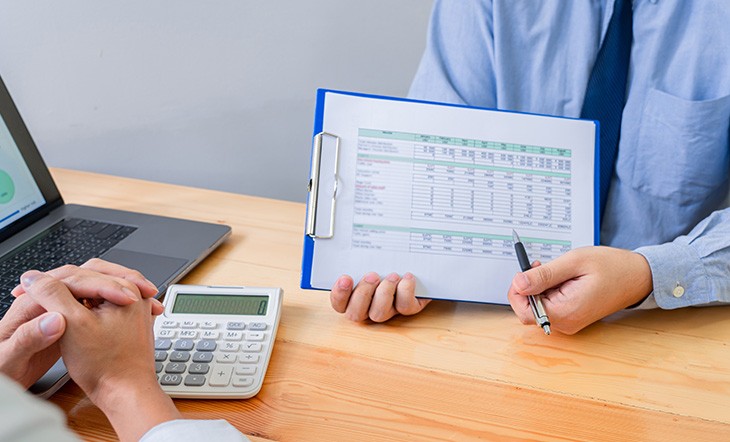



.jpg)


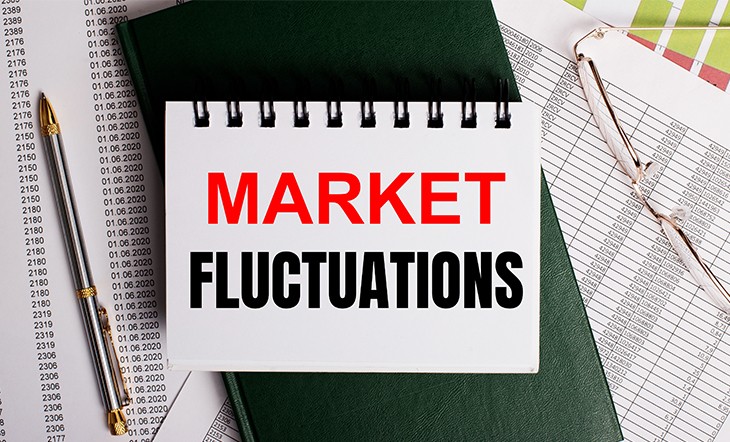





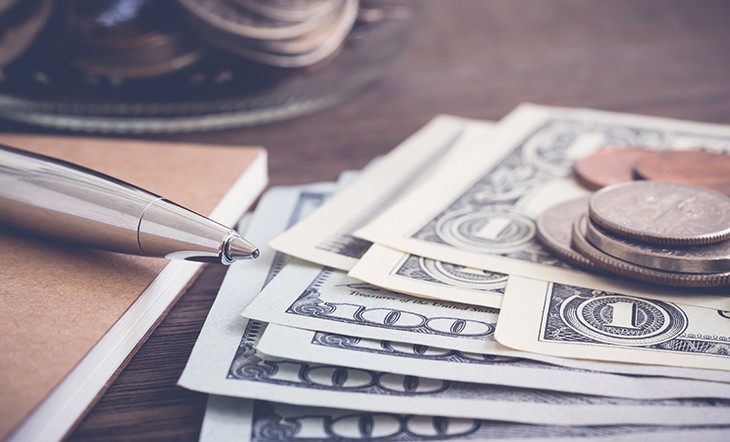




.jpg)





.jpg)

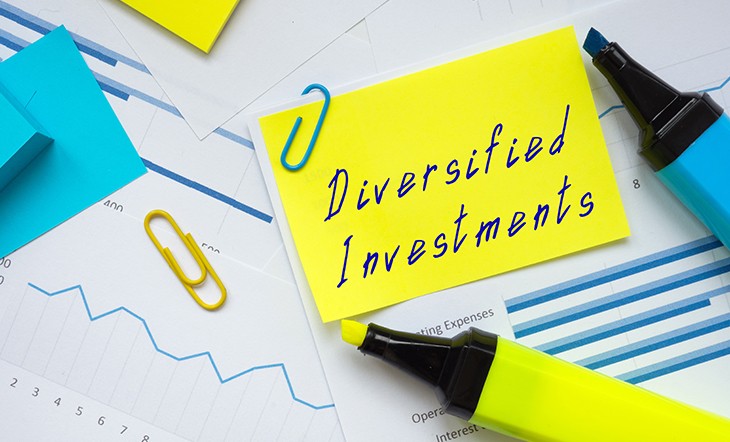
.jpg)


.jpg)

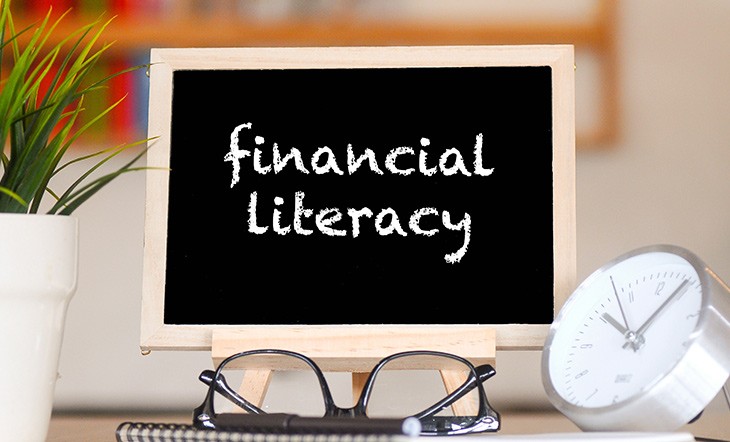
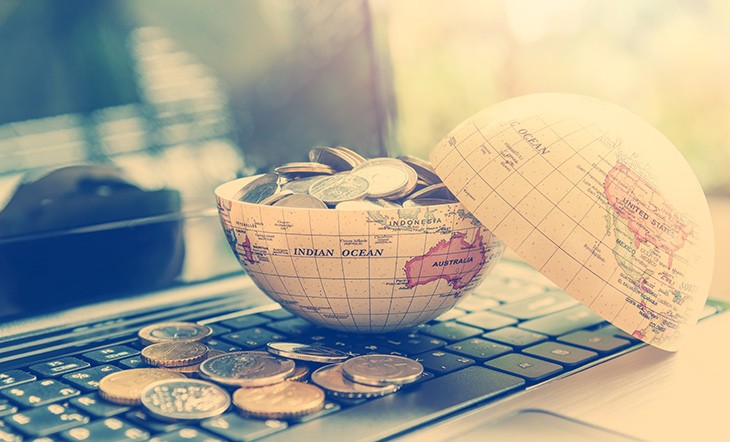
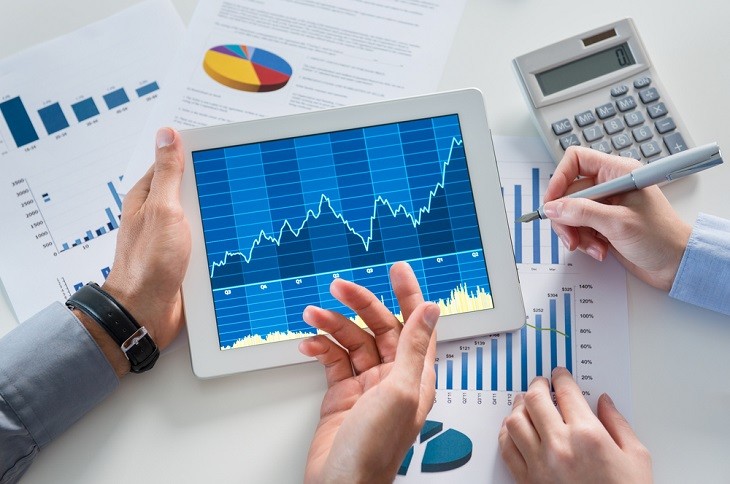



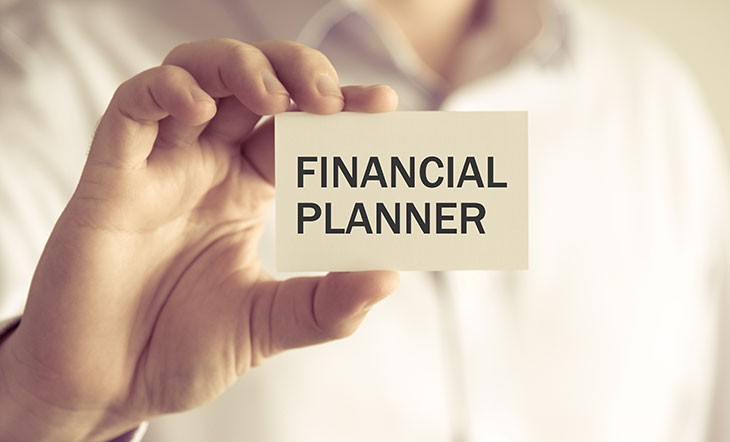

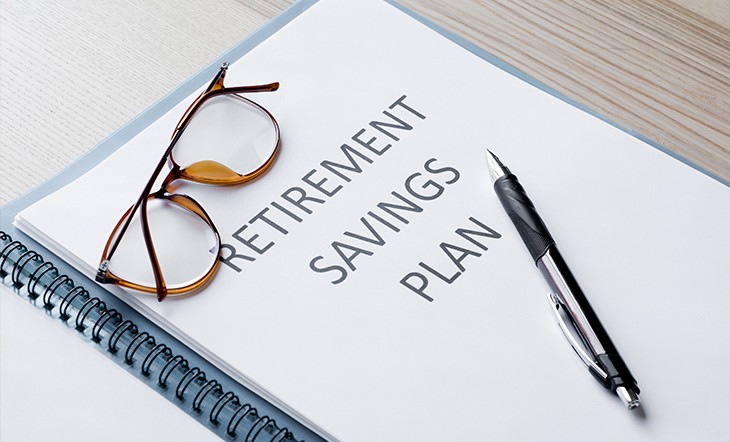
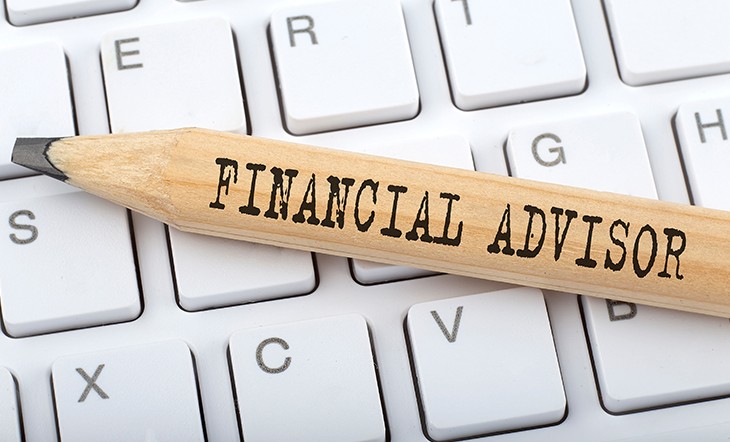




.jpg)
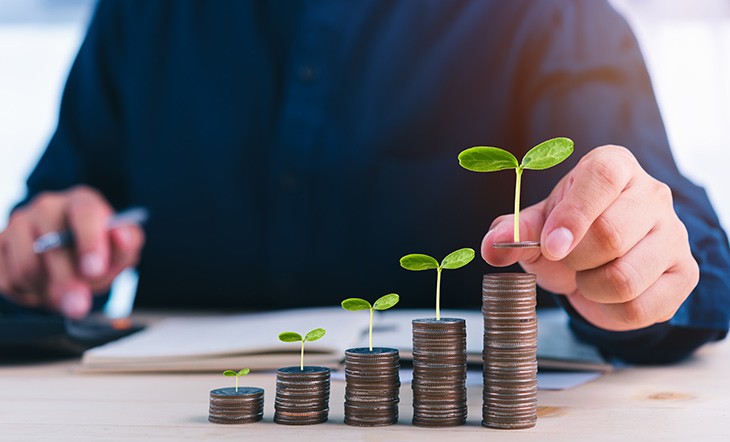


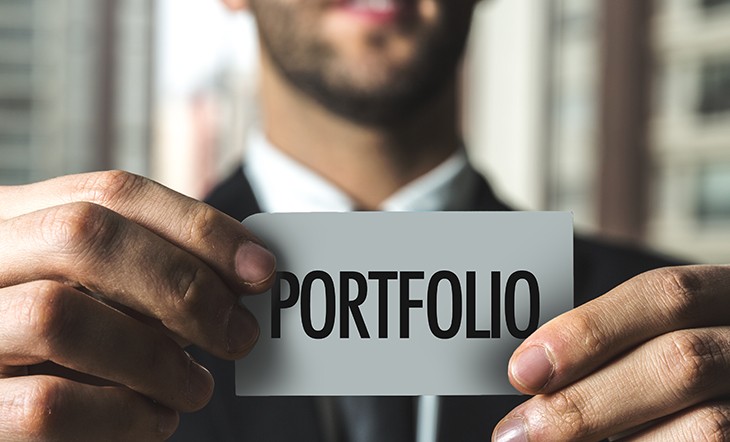

.jpg)




.jpg)


.jpg)

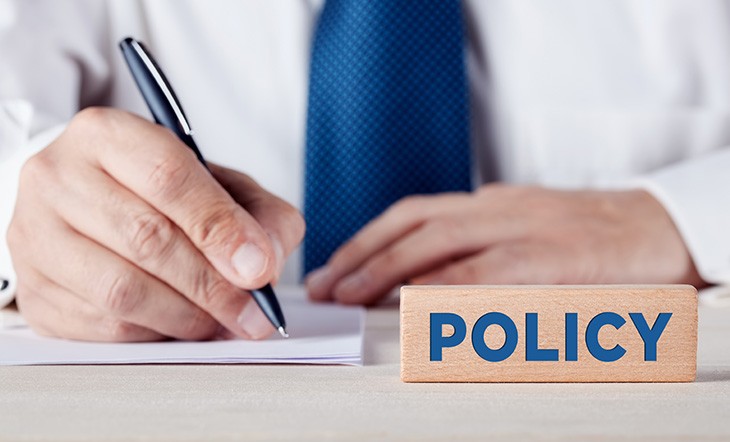
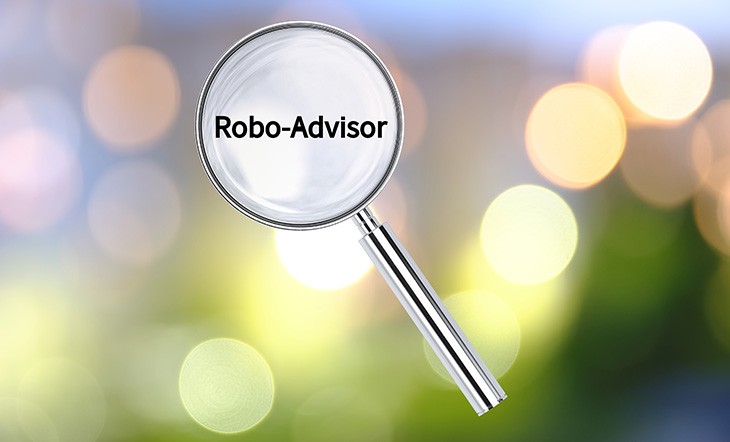



.jpg)

.jpg)






.jpg)

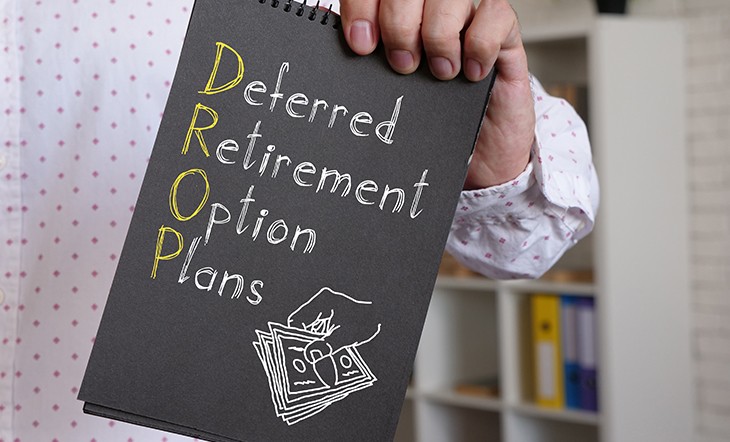


.jpg)

.jpg)


.jpg)

.jpg)





.jpg)
.png)
.jpg)




.jpg)

.jpg)

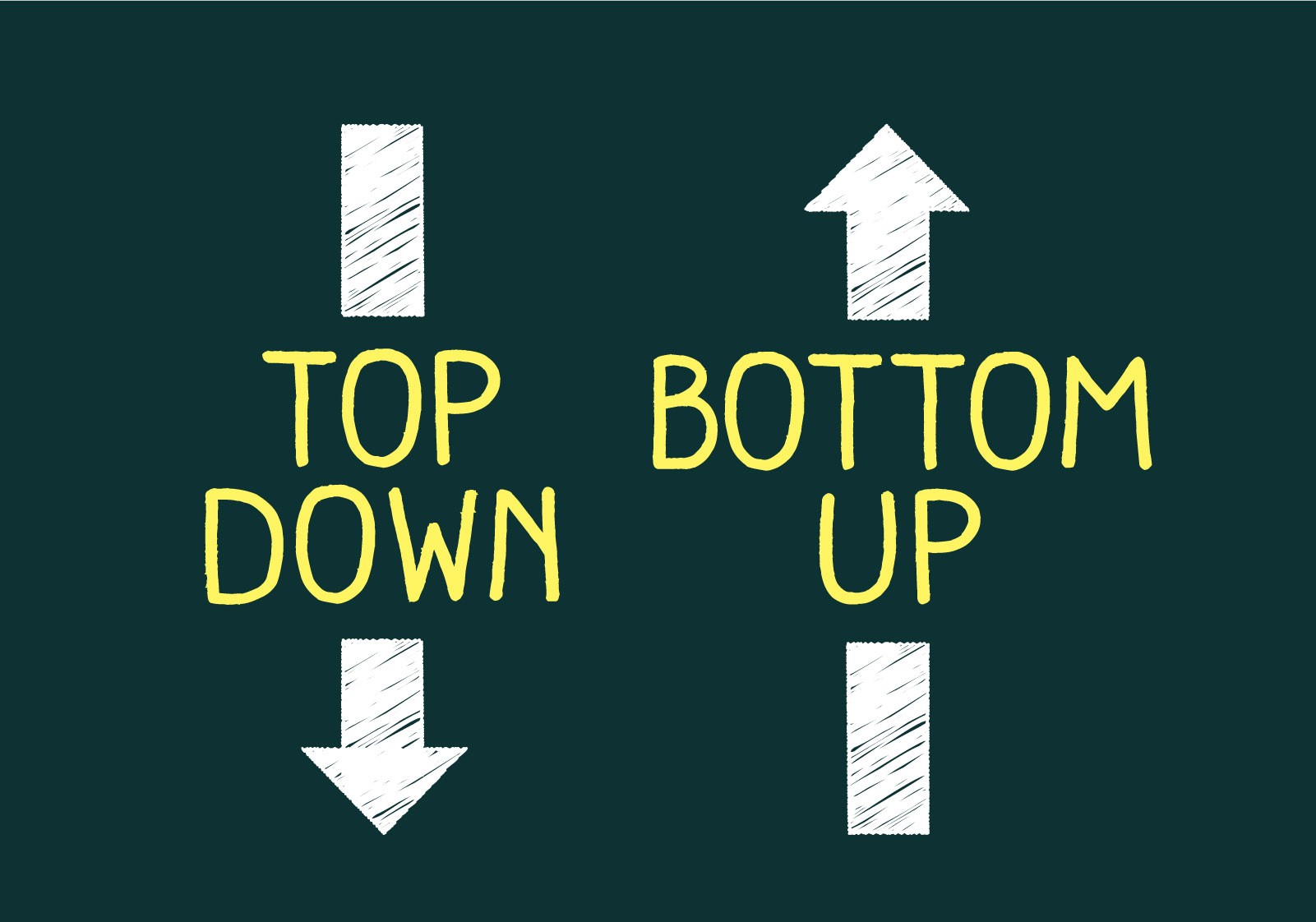
.jpg)
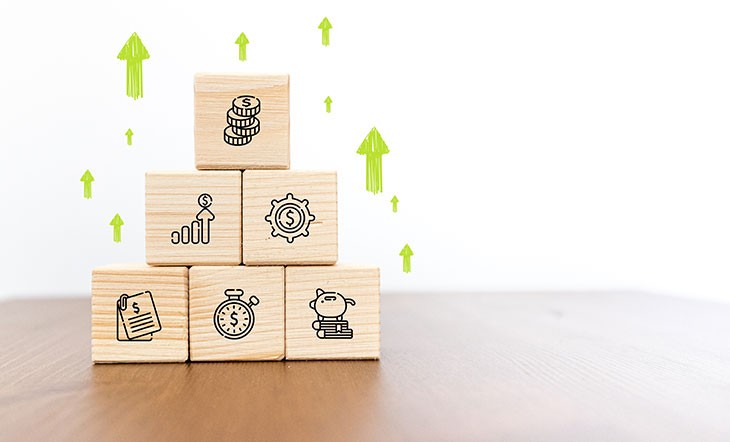

.jpg)

.jpg)

.jpg)
.jpg)
.jpg)


.jpg)


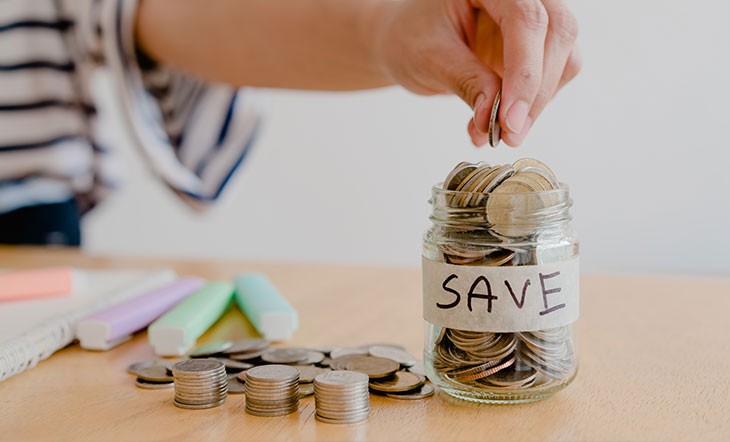

.jpg)


.jpg)

.jpg)


.jpg)
.jpg)
.jpg)
.jpg)
.jpg)
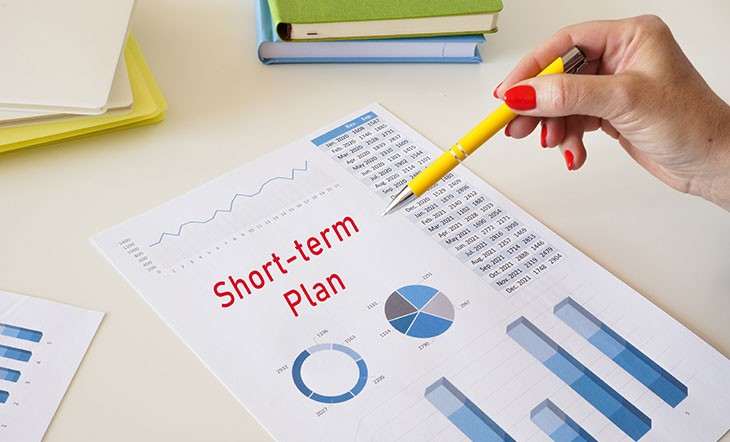
.jpg)




.jpg)
.jpg)
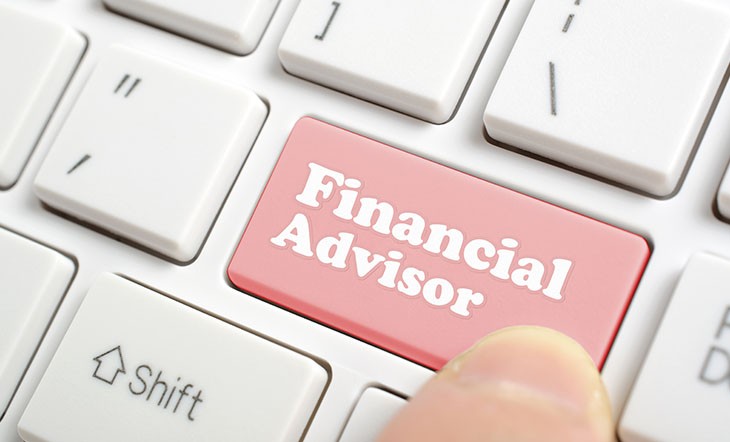

.jpg)
.jpg)
.jpg)
.jpg)

.jpg)
.jpg)















.jpg)
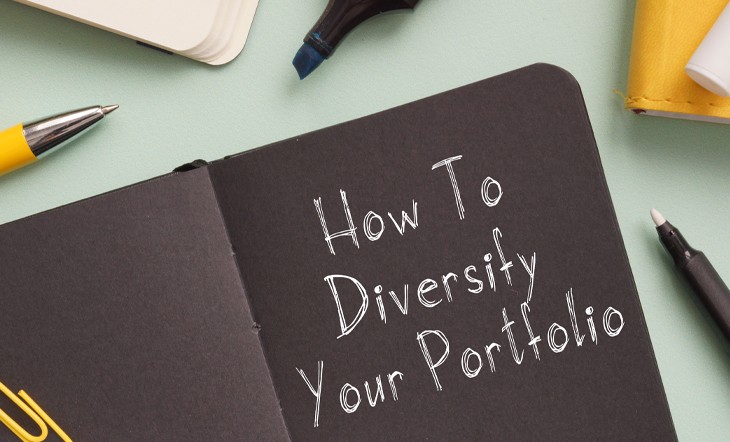
.jpg)


.jpg)



.jpg)












.jpg)



